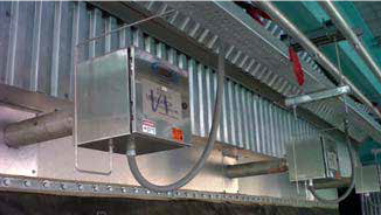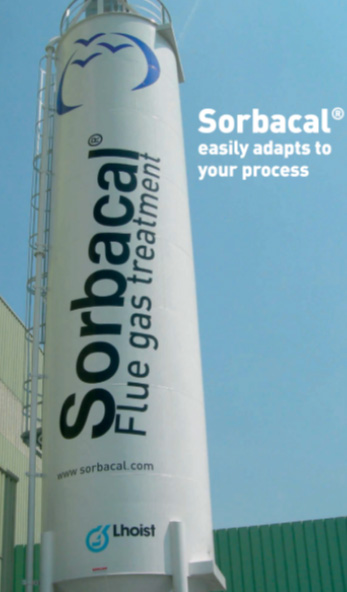Disruptive Technology
In 2011 the first catalytic ceramic filter system went online in the US and has been operating continuously, in compliance, and on the same set of filters to the present day. The developer of that project, Rod Gravley, went on to develop more than 20 projects in the US glass market that includes operations in float, container, fiber, and table ware furnaces and also emissions from fiber forming. The development process included process engineering, contracting, system integration, hardware design, control strategy optimization, data management, and support to the fabrication, construction, and startup teams. Those projects incorporated catalytic ceramic filters from Clear Edge, high performance hydrated lime (Sorbacal) from Lhoist, and tunable diode laser (TDL) systems from Cemtek KVB.
Synergy

The impact of these technologies is discussed below and details of the Precision Partners LLC vendor team members that developed and optimized the technologies can be found in the Partners section of the website.
Catalytic Ceramic Filters by Clear Edge – these elements allow for simultaneous treatment of both PM and NOx in the temperature range of 450 to 750 F and have a proven operational life of more than 10 years. The filters provide NOx reductions in excess of 95% at concentrations up to 5,000 ppmv and outlet PM emissions below 2 mg/Nm3 regardless of inlet loading. Systems incorporating catalytic ceramic filters can operate with 100% up time for 36 months and produce a dry waste that can be recycled into the batch. Discover more about catalytic ceramic filters in the Technologies section.
Sorbacal by L’Hoist – this material is capable of SOx and acid gas reduction in excess of 90% and the ceramic filters allow operations at temperatures that minimize Sorbacal consumption. In return, Sorbacal acts as a bulking agent that significantly extends filter life, yields lower pressure drop, and renders the ceramic filter waste to be non-hazardous. In addition, both the cost effectiveness and performance of Sorbacal can be improved using technologies in the PPLLC innovation locker including static mixing, waste recycle, process monitoring, and data analytics. Find out more regarding Sorbacal as a dry sorbent in the Case Studies section and injection hardware in the Technologies section.

Tunable Diode Laser (TDL) Systems by Cemtek KVB – these systems measure ammonia slip continuously down to levels of less than 1 ppmv and produce instantaneous results. This enhances ceramic filter performance in terms of NOx reduction while monitoring for both leakage around the filter elements and actual broken elements.

The Future
Using operational experience to impact technology development in the following ways will yield lower emissions at reduced cost for applications in the glass industry. Cost reductions will be realized through a reduction in material usage and waste generation, simplified and less frequent maintenance, revenue generation from recovered heat and solid waste.
- Enhance the Performance of Existing Technology
- Continuous PM measurements with the same TDL used for ammonia slip.
- NOx treatment at temperatures below 400 F.
- Create New Applications for Existing Technology
- Solid waste recycled to create revenue generating products.
- Power generation from recovered waste heat on both the inlet and outlet exhaust gas of the ceramic filters.
- Develop New Technology
- Multi pollutant Emission measurements using insitu optical techniques.

